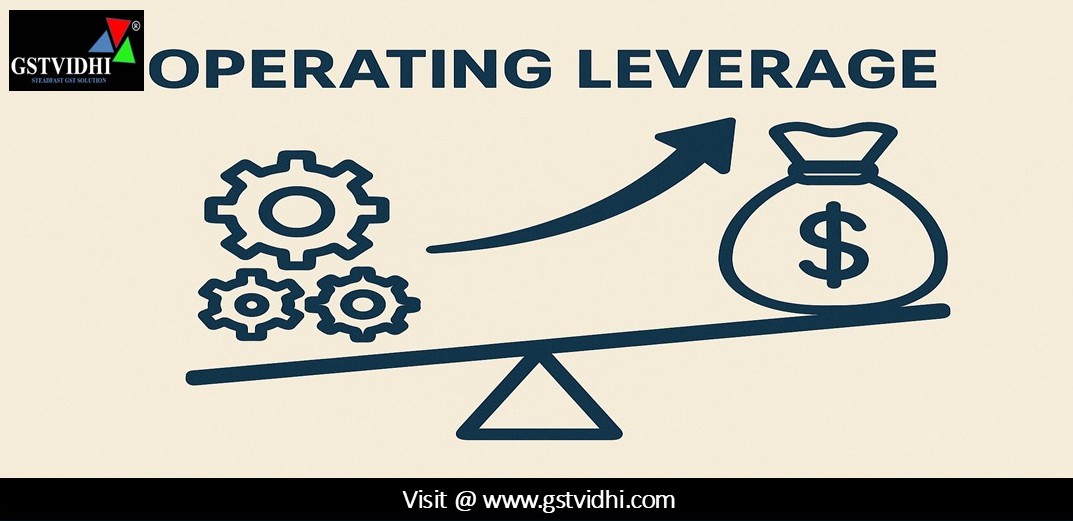
What Is Operating Leverage / How To Calculate
Operating Leverage / Formula Of Operating Leverage : An Overview
Definition:
Operating leverage refers to a firm's ability to use fixed operating costs
to magnify the effects of changes in sales on its Earnings Before Interest
and Taxes (EBIT). In simple terms, it tells how sensitive the operating
profit is to a change in sales.
Key Concepts:
- Fixed
Costs: Do not
vary with sales volume (e.g., rent, salaries).
- Variable
Costs: Vary with
sales (e.g., raw materials).
- A company
with high fixed costs and low variable costs will have high
operating leverage.
- High
operating leverage implies higher business risk, as profits
fluctuate more with sales changes.

Exercise: Calculate Degree of Operating Leverage
Given:
|
Particulars
|
Company A (₹)
|
Company B (₹)
|
|
Sales
|
25,00,000
|
30,00,000
|
|
Fixed Costs
|
7,50,000
|
15,00,000
|
|
Variable Cost %
|
50%
|
25%
|
Step-by-step
Calculation:
Company
A
- Variable
Cost = 50% of 25,00,000 = 12,50,000
- Contribution
= Sales - Variable Cost = 25,00,000 - 12,50,000 = 12,50,000
- EBIT =
Contribution - Fixed Cost = 12,50,000 - 7,50,000 = 5,00,000
Operating Leverage (A)=12,50,000
/ 5,00,000 =2.5
Company
B
- Variable
Cost = 25% of 30,00,000 = 7,50,000
- Contribution
= Sales - Variable Cost = 30,00,000 - 7,50,000 = 22,50,000
- EBIT =
Contribution - Fixed Cost = 22,50,000 - 15,00,000 = 7,50,000
Operating Leverage (B)=22,50,000
/ 7,50,000 =3.0
Conclusion and Analysis:
- Company B
has a higher operating leverage (3.0) than Company A (2.5).
- This
implies Company B has a higher business risk, since a small change
in sales will result in a larger change in EBIT.
- The higher
fixed cost structure of Company B contributes to this greater sensitivity.
Uses of Operating Leverage:
1. Profit Planning:
Helps forecast how changes in sales affect operating income.
2. Cost Structure Analysis:
Reveals the proportion of fixed vs. variable costs.
3. Risk Evaluation:
Assists in understanding business risk due to cost structure.
4. Decision Making:
Guides decisions regarding expansion, pricing, and production levels.
Disclaimer: All the Information is strictly for educational purposes and on the basis of our best understanding of laws & not binding on anyone.
Click here